Rising Incidence of Neurological Disorders
The increasing prevalence of neurological disorders, such as epilepsy, Parkinson's disease, and traumatic brain injuries, is a primary driver of the Cranial Clamp Market. As the number of patients requiring neurosurgical interventions rises, the demand for cranial clamps is expected to grow correspondingly. According to recent data, neurological disorders affect millions of individuals worldwide, leading to a surge in surgical procedures. This trend indicates a robust market potential for cranial clamps, as they are essential tools in ensuring the stability and safety of the surgical site during operations. The Cranial Clamp Market is likely to benefit from this growing patient population, as healthcare providers seek reliable and effective solutions to enhance surgical outcomes.
Regulatory Support for Surgical Innovations
Regulatory bodies are increasingly supporting innovations in surgical equipment, which is positively impacting the Cranial Clamp Market. Streamlined approval processes and favorable regulations for new medical devices are encouraging manufacturers to develop advanced cranial clamps. This regulatory support is crucial for fostering innovation and ensuring that healthcare providers have access to the latest technologies. As a result, the market is likely to see a surge in the introduction of new cranial clamp designs that enhance surgical efficiency and patient safety. The Cranial Clamp Market stands to benefit from this supportive regulatory environment, as it enables the rapid adoption of innovative solutions in neurosurgery.
Growing Awareness of Neurosurgical Procedures
The rising awareness of neurosurgical procedures among patients and healthcare professionals is contributing to the growth of the Cranial Clamp Market. As more individuals become informed about the benefits and advancements in neurosurgery, there is a corresponding increase in the number of patients seeking surgical interventions for neurological conditions. Educational campaigns and improved access to information are playing a crucial role in this trend. Consequently, healthcare providers are more likely to recommend cranial clamps as essential tools for ensuring successful surgical outcomes. This heightened awareness is expected to drive demand within the Cranial Clamp Market, as more patients opt for surgical solutions to address their neurological issues.
Technological Innovations in Surgical Equipment
Technological advancements in surgical equipment are significantly influencing the Cranial Clamp Market. Innovations such as improved materials, enhanced design features, and integration of digital technologies are making cranial clamps more efficient and user-friendly. For instance, the introduction of lightweight materials and ergonomic designs has improved the usability of these devices, thereby increasing their adoption in surgical settings. Furthermore, the incorporation of smart technologies, such as sensors and imaging systems, is expected to enhance the precision of cranial surgeries. As hospitals and surgical centers invest in state-of-the-art equipment, the demand for advanced cranial clamps is anticipated to rise, driving growth in the Cranial Clamp Market.
Increasing Investment in Healthcare Infrastructure
The expansion of healthcare infrastructure, particularly in emerging economies, is a significant driver for the Cranial Clamp Market. Governments and private entities are investing heavily in healthcare facilities to improve access to surgical services. This investment is likely to lead to an increase in the number of surgical procedures performed, thereby boosting the demand for cranial clamps. Recent reports indicate that healthcare spending is on the rise, with many countries prioritizing the development of advanced medical facilities. As a result, the Cranial Clamp Market is poised to experience growth, as more hospitals and surgical centers seek to equip themselves with the necessary tools for effective neurosurgical interventions.


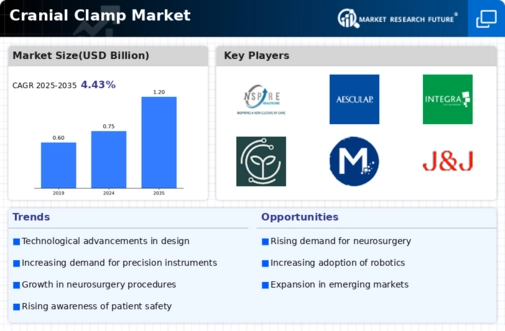
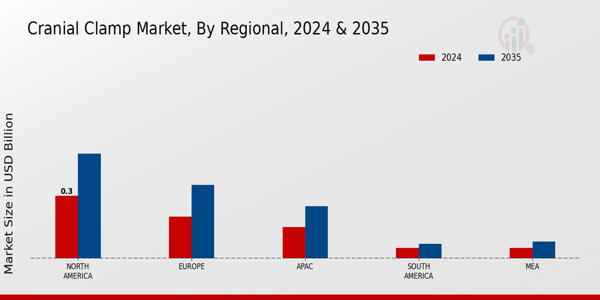
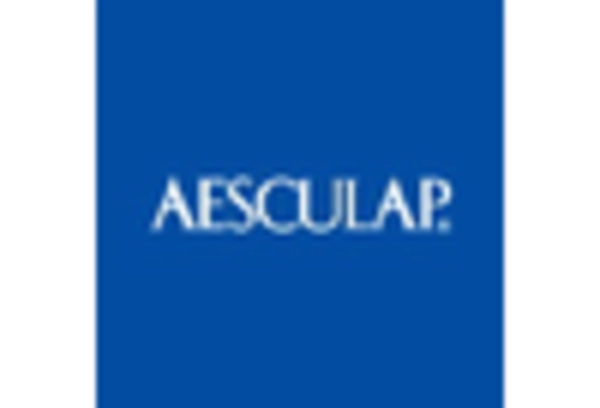
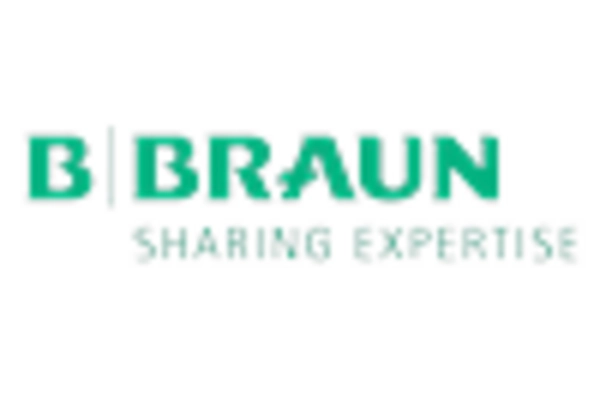

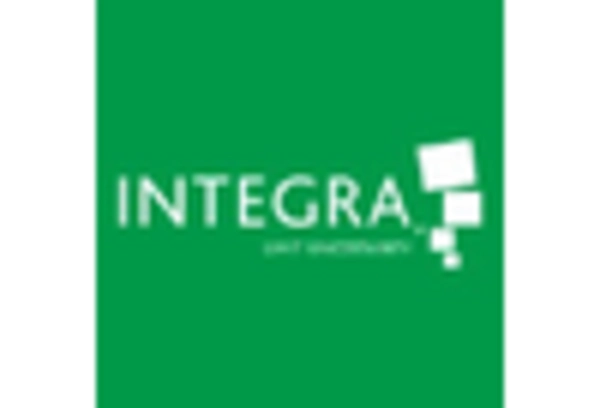










Leave a Comment